
As the seasons shift from winter to spring, meteorological patterns in the Midwest vary considerably. Looking at historical norms will help inform decisions regarding the appropriate time to conduct certain tasks, but risk is unavoidable. As one travels from north to south, temperatures are comparatively warmer, but the heat-island effects of urbanization, the proximity to large bodies of water (i.e., the Great Lakes), and microclimates in individual gardens (buildings, slopes, wind and sun exposure, relative elevation, etc.) have profound effects as well. Your experiences and your neighbors’ experiences are the best sources regarding what is going to work in your specific location.
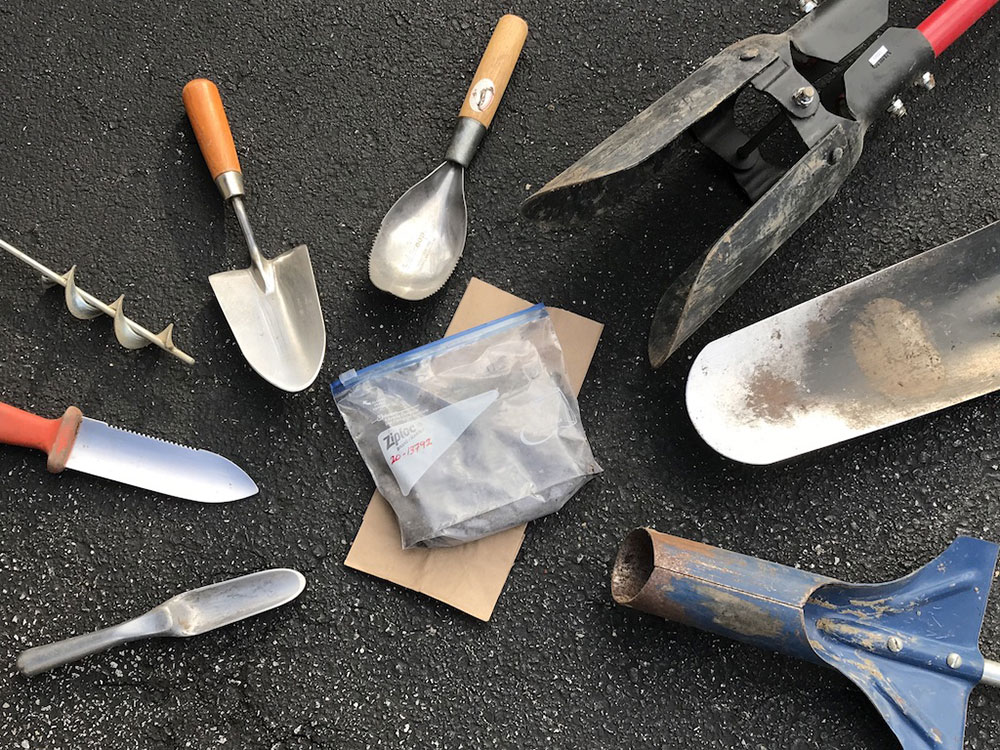
Get your soil tested. Having your soil tested best addresses what you can do to make it the most hospitable growing environment for the plants you want to incorporate. Knowing the pH of your soil, as well as learning the types and concentrations of nutrients present, will enable you to determine the right course of action. Some conditions are easier to modify, such as the presence of certain mineral compounds, but soil pH level is a more stable aspect that can be difficult to manipulate but is a major determinant of what nutrients in the soil are available for uptake by plants. Anyone gardening in native soil derived from limestone with a desire to grow plants that require acidic soil have no doubt experienced high levels of frustration, even after incorporating certain amendments, such as those containing sulfur.
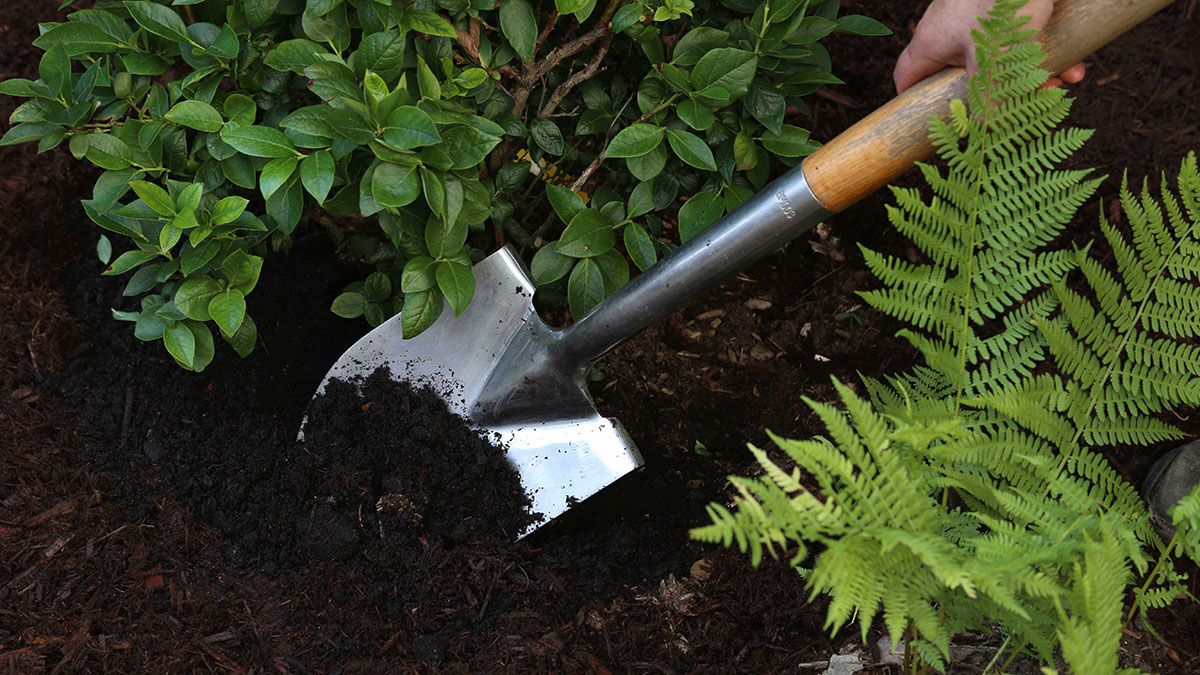
Add compost to your garden. To minimize potential damage, care must be taken in scheduling gardening activities while keeping up with a list of chores that will only continue to expand as the season progresses. Working soil that is too wet or even walking on soil that’s too wet can degrade its structure. Avoid the temptation as much as possible. A generous top-dressing of compost at this time can soften the impact of foot traffic and contribute to a healthier soil going forward. Some gardeners also set out planks to walk on, which distribute weight over a wider area, thus reducing compaction. Being aware of the differences in exposure to sun and wind will help you recognize which garden areas are likely to become workable earlier.
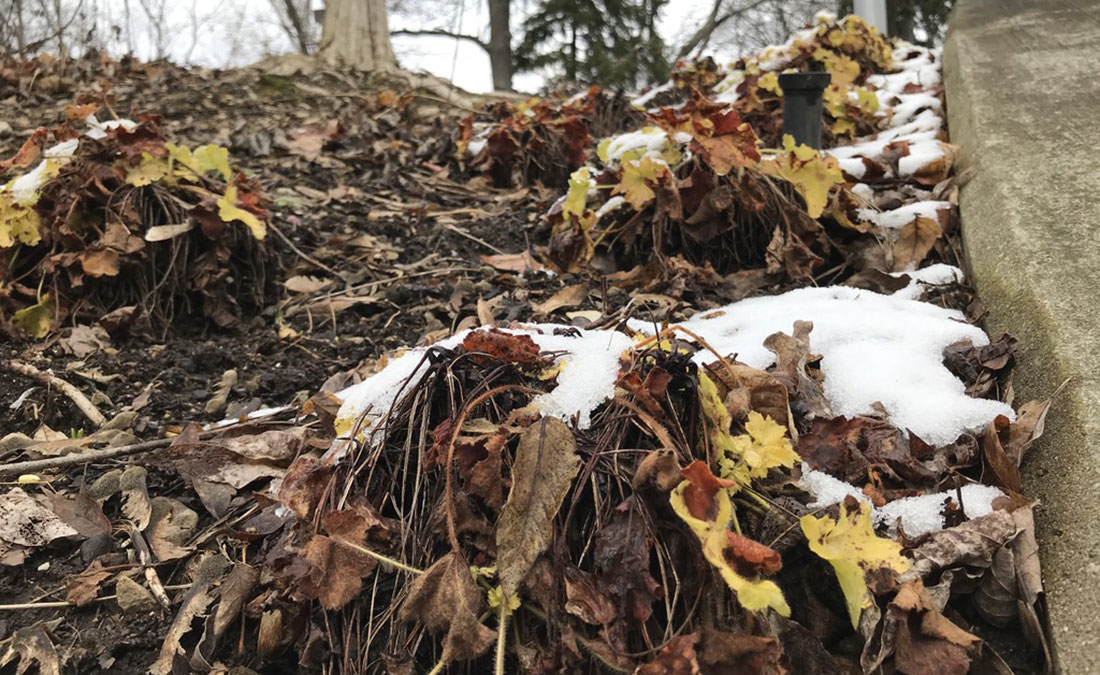
Correct frost heaving, and look out for other winter damage to perennials. Be on the lookout for plants that have experienced frost heaving, where roots are pushed above the surrounding soil level. Likely victims tend to be those more recently installed. Gently press them back into the ground, and add a bit of mulch around them. Plants should be monitored so that their crowns are not subject to (mostly fungal) diseases prevalent when excess moisture exists around the crown. Also look out for damage from feeding by marauding garden pests such as voles who appreciate the extra cover provided by protective layers of mulch. There’s a delicate balance between mitigating the vagaries of weather and avoiding damage caused by pests and disease.

Start your veggie garden with direct seeding and early transplants. If having homegrown fruits and vegetables is one of your goals, now is the time when it pays to plan ahead and get off to a good start, especially in the warmer parts of our region. You can germinate seed indoors (generally 6 to 8 weeks ahead of time—check individual packets for detailed instructions) or buy transplants. The seeds of spinach, beets, radishes, and carrots are just a few that can be sown directly in the garden during this month. Some of the other crops to get in the ground now are onions, lettuce, and cole crops, or brassicas (e.g., broccoli, cauliflower, brussels sprouts, and cabbage). As you harvest the early growers, space becomes available to start warm-season vegetables for planting out after the danger of frost has passed (late April or early May in most of the region). Having a soil thermometer is a sound investment, because growth may be stunted when certain plants are installed in soils that are too cool. Also consider using raised beds, which tend to warm up and dry out more quickly.
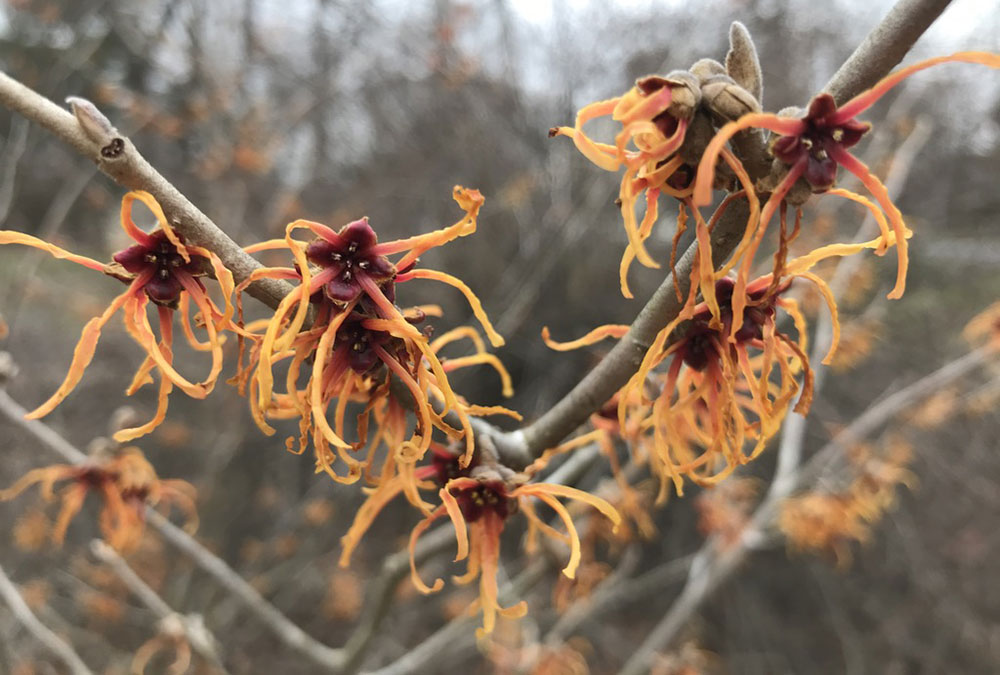
Force flowering branches indoors. If you prune a spring-blooming shrub at this time of year, consider bringing the cut stems indoors for display. Good candidates include witch hazel (Hamamelis spp. and cvs., Zones 3–9), forsythia (Forsythia spp. and cvs., Zones 3–9), magnolia (Magnolia spp. and cvs., Zones 3–9), and lilac (Syringa spp. and cvs., Zones 3–8). Some will add fragrance to your indoor spaces as well as visual appeal. Additional interest can be provided by the fruits, forms, and colors of twigs from willows (Salix spp. and cvs., Zones 4–9) and shrub dogwoods (Cornus sericea and cvs., Zones 3–8).
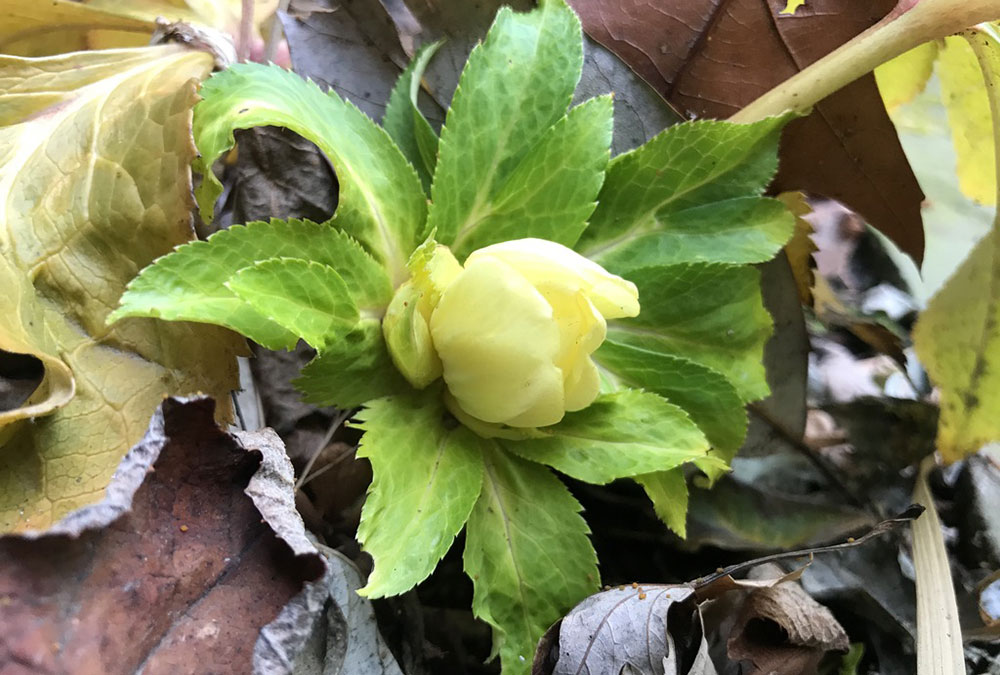
Clean up old foliage around early spring bloomers. Take notice as early-blooming spring bulbs emerge, and conduct a light clean-up of old, brown, and tattered leaves on nearby perennials so that the display is enhanced. Keep in mind that beneficial organisms rely on the food and shelter provided in organic matter allowed to remain in the garden during the winter months. Removing some old foliage can provide a better view of flowers on early bloomers such as hellebores (Helleborus spp. and cvs., Zones 4–9) and epimediums (Epimedium spp. and cvs., Zones 4–9), but take care to avoid damage to buds and young leaves. It’s also a good idea to mark the locations of plants, including many plants grown from bulbs, that go dormant before the end of the growing season in order to avoid disturbing them while you’re working in the garden as the year progresses.
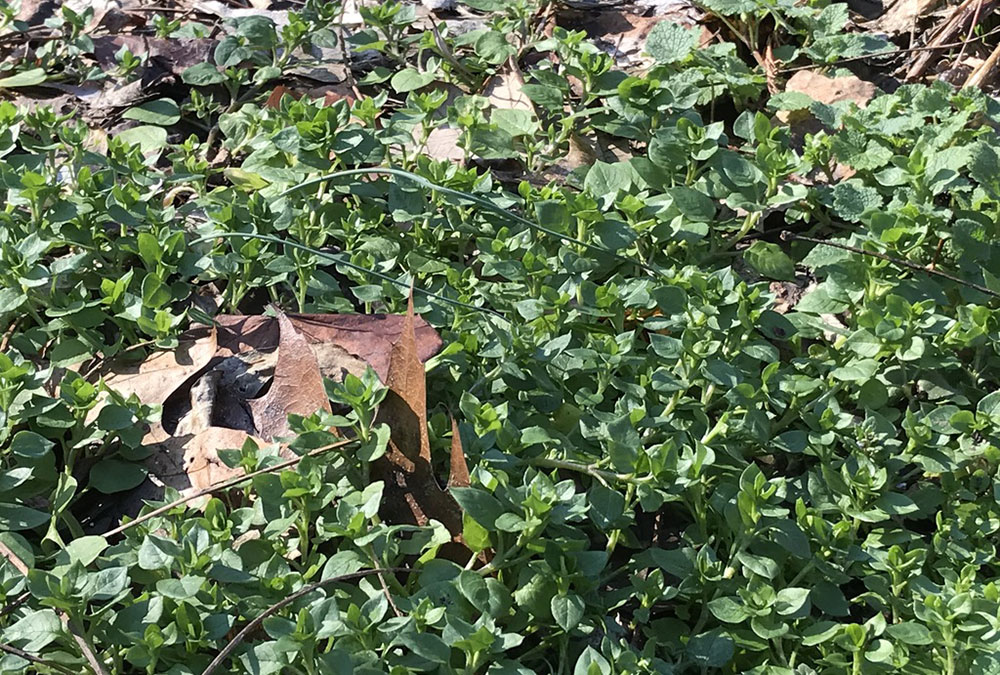
Get an early start on weeds. Removing early weeds like chickweed and deadnettle and preventing later ones reduces competition with desirable plants and improves aesthetics. As always, staying ahead of the game with early intervention will greatly reduce frustration in the garden. Light scraping of the surface with a soil knife or scuffle hoe is an effective technique when weeds are still small. Any soil disturbance can encourage more weed seeds to sprout, so consider a preemergent herbicide and/or a thin layer of mulch. On the organic side, products made from corn gluten meal can be effective in weed prevention.
—Jim Kincannon is a graduate of the School of Professional Horticulture at The New York Botanical Garden where he also earned a certificate in landscape design. He is a Master Gardener and was a horticulturist at Newfields in Indianapolis where he now volunteers.
Fine Gardening Recommended Products

Gardener's Log Book from NYBG
Fine Gardening receives a commission for items purchased through links on this site, including Amazon Associates and other affiliate advertising programs.

Gardena 3103 Combisystem 12-Inch To 20-Inch Adjustable Metal Fan Rake Head
Fine Gardening receives a commission for items purchased through links on this site, including Amazon Associates and other affiliate advertising programs.



















Comments
Log in or create an account to post a comment.
Sign up Log in